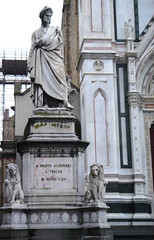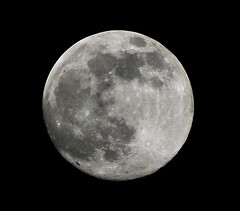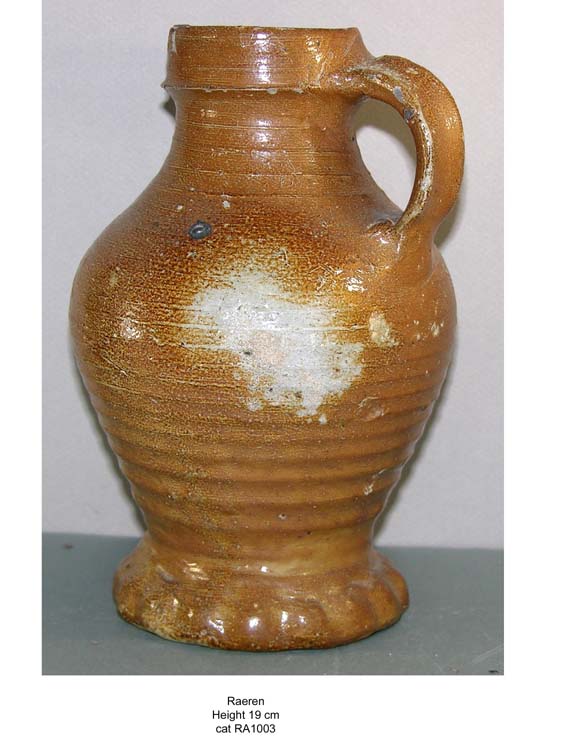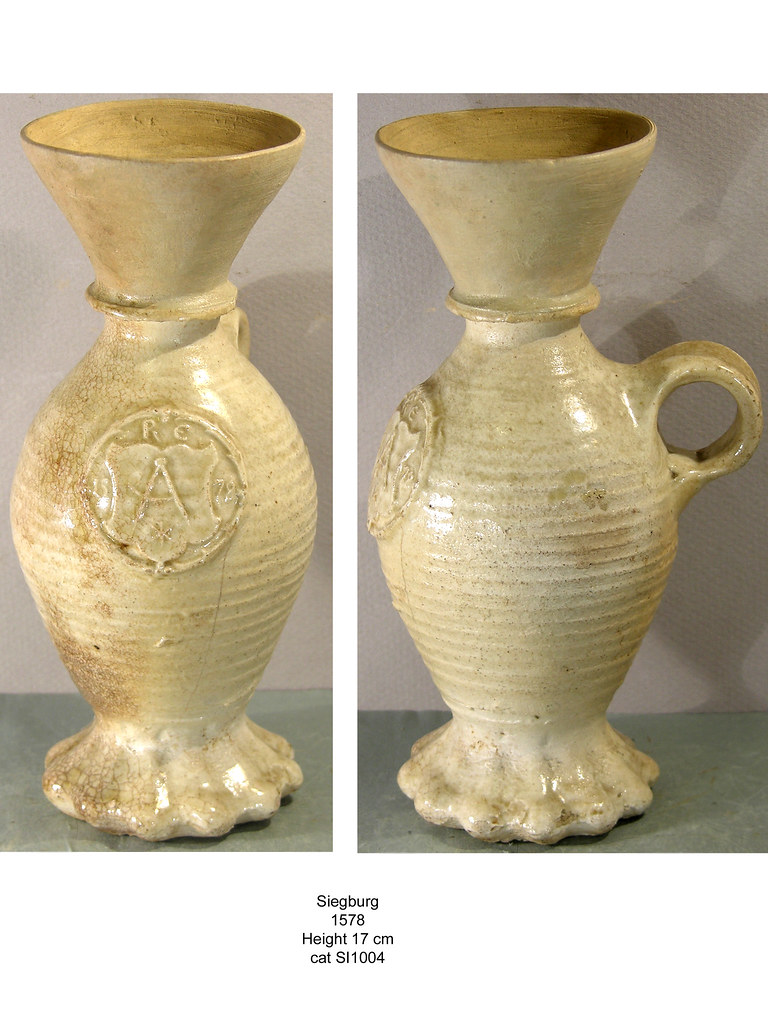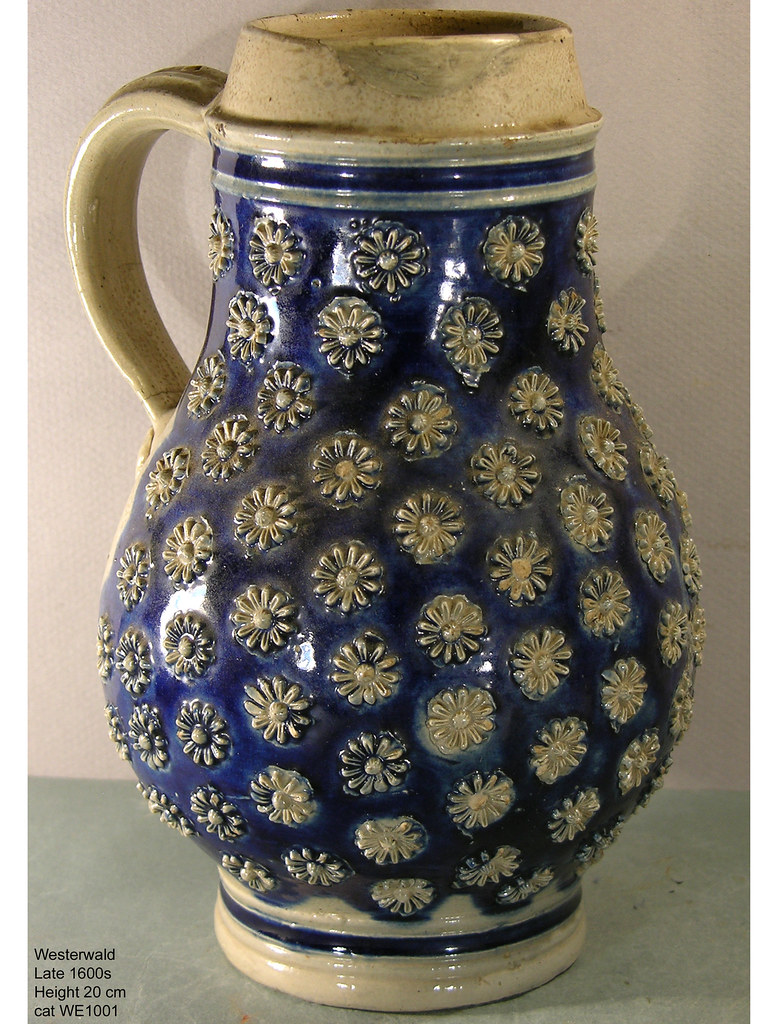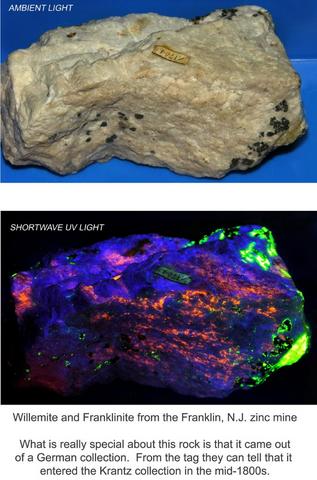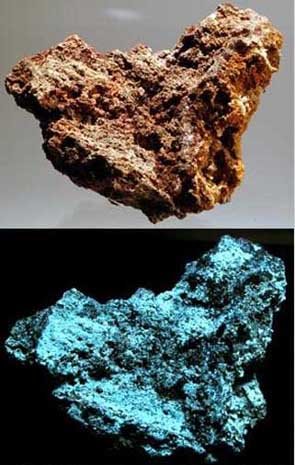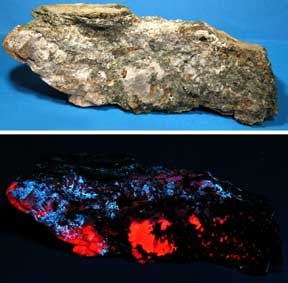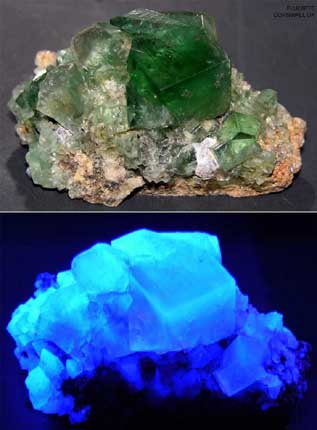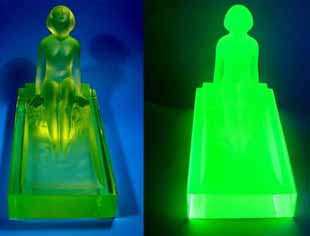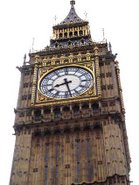Tele Vue Eyepieces
In 1610 Galileo Galilei discovered the four largest moons of Jupiter, Io, Europa, Ganymede and Callisto (now known as the Galilean moons) using a the improved telescope that he designed. This is thought to be the first observation of moons other than Earth's.
-
(Note, however, that Chinese historian of astronomy, Xi Zezong, has claimed that Gan De, a Chinese astronomer, made this discovery of one of Jupiter's moons in 362 BC with the unaided eye, nearly 2 millennia earlier.)
Ganymede, the largest of the four Galilean moons, has a diameter greater than that of the planet Mercury.
Galileo was born in Pisa and used the leaning tower there to test out some of his theories on gravity. I’ve been there and seen the tower, and I’ve also been to the church where Galileo is buried in Firenze (Florence, Italy).
Jupiter is the fifth planet from the stars and is absolutely gigantic. Jupiter weighs two and one half times as much as all the rest of the planets COMBINED!
Last night (the night of May 30) around 2:00 a.m. I took my eight inch Dobsonian Newtonian out in the back yard. I moved the chaise lounge nearby so that my little doggie could enjoy the night with me. I wanted to try out my new Tele Vue eyepieces which were recommended by the president of the El Paso Texas Astronomy Club. Tele Vue makes the very finest astronomical eyepieces, and as one would expect (like Nikon) they get paid quite well for their amazing high quality optics. You can pay more for a good Nikon lens than for the camera body, and the same comparison applies to telescopes and quality eyepieces.
LINK: http://www.televue.com/engine/page.asp?ID=221
I tried out all the different astronomical filters I have so as to try and enhance the view. I was able to see very well the four Galilean moons and the bands in Jupiter’s atmosphere. I also aligned my green laser pointer and the various smaller pointer scopes that I have mounted on my light bucket.
It was wonderful seeing Jupiter. It is amazing to realize to think that using a cheap $50- beginner’s telescope you can see as much or more than Galileo did.
Afterwards I pointed the telescope over to Ursa Major and looked at the double star in the dipper handle.
http://en.wikipedia.org/wiki/Jupiter
----------------------------------------------------------------------------------------------------------------------------------------------------
-
-
- ---- (click on any of the pictures and they will enlarge)
Last night (31 May) there was a star party held by the El Paso Astronomy Group at their dark sky site about 100 km east of El Paso out in the Chihuahuan Desert.
-
-
It was so lovely out there. The coyotes were baying, and there were lots of rabbits. The stars were incredible.
-
-


